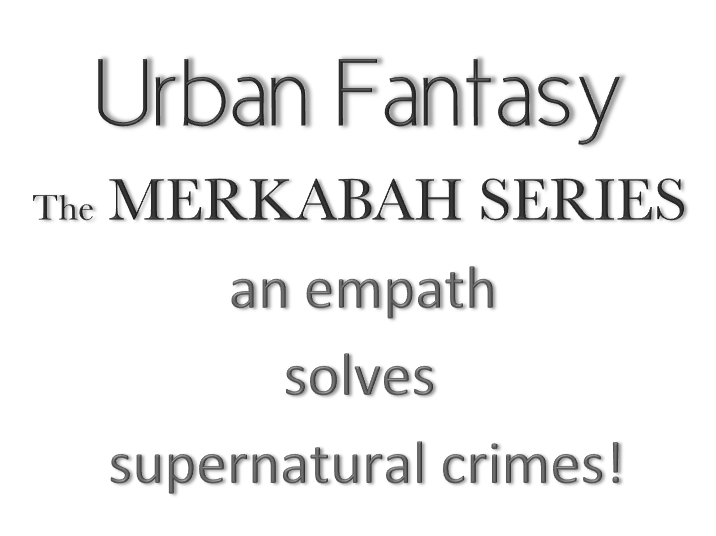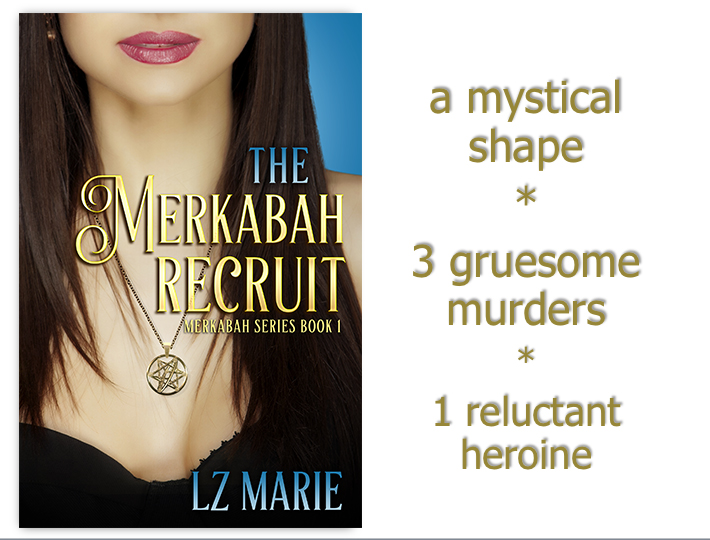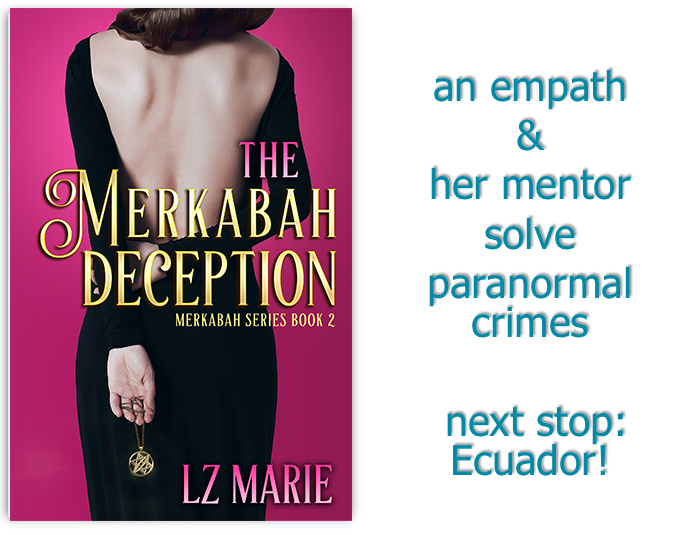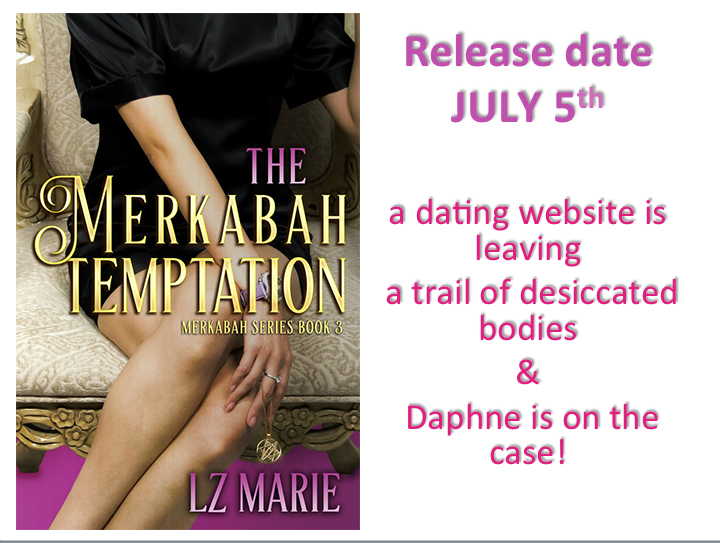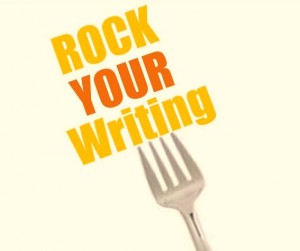 It was the best of times. It was the worst of times! Oh, the drama of the family meal! People eating and drinking together is tasty with yummy symbolism.
It was the best of times. It was the worst of times! Oh, the drama of the family meal! People eating and drinking together is tasty with yummy symbolism.
Why is that, you ask? In ancient times, sharing one’s meal symbolized hospitality and goodwill. Certain foods, drink, or days were associated with religious and social rituals.
If one was breaking bread with someone, it indicated friendship, truce, partnership, or an alliance. The human race hasn’t changed all that much—we still enjoy eating with those we like–and eschew eating with those we don’t.
Eating and/or fasting rituals are found in most religions. And I can’t think of a holiday that doesn’t center around or end in eating! Eating together & sharing food is an act of communion/agreement/fellowship/harmony.
I’m sure you can picture a few eating scenes in movies! (My favorite is the scene in Flashdance where the rich guy watches his date eat a lobster in a most provocative manner!)
Shared meals can:
-
be a plot device
-
reveal character
-
reveal the relationships between characters
-
be thematic
-
be an allusion to other famous religious meals or foods ( the Last Supper, maror & matzo of Passover)
-
be an allusion to famous literary meals (Tom Jones, Like Water for Chocolate, Good Earth, Oliver Twist)
Writing a meal scene is challenging, but can reveal much about the plot, character, relationships, family dynamics, setting, or culture of the novel.
A few symbolism-weighty factors to consider:
- Who is sharing the meal? Enemies? Lovers? Family? Strangers?
- What foods are they eating? Is the food and drink symbolic of religion or social class, OR is the food itself fraught with symbolism. See the posts Fruit of the Gods, Sacred Spices, and Foods of Life for information regarding the symbolism of some common foods. In the Merkabah Series, there are several eating scenes–each revealing something about the characters and their relationships. One character orders a flambeed dish. Yep! You bet it’s symbolic.
- Why is this particular meal described? Why is it significant to the plot/character?
- How does the meal end? Did someone choke? ( plot device or sign of character “choking” on their own words or that of another’s).
- Did someone stalk off—an indication the communing/fellowship/agreement went wrong. Remember the scene in Great Gatsby when Tom jumps up from the table to take a phone call from his girlfriend?
- How is the character eating? Are they nibbling ( dainty ), gobbling ( glutton ), selective ( picky ). Sloppy or neat or overly fastidious? Did a character stop eating mid meal–and why? Is a woman enjoying her meal with great delight indicative of her sexual appetite? (Is she smacking her lips, making mmmm & aaahh & oohh noises?)
- How does the character feel about the meal? Do they hate the food (closed-minded?) Trying new food (open-minded?)
- Does a character take food from another’s plate? Do they refuse to share?
- Does a character become sick? (is it a plot device OR is a character “sick of” or “sickened by” a character, conversation, or turn of events at the table?)
- Is a character eating with his favorite 12 friends?( allusion to Last Supper)
- Do the characters share a utensil, straw, or drink ( either accidentally or with purpose).
- Does one character feed another? This may be erotic, suggestive, a prelude to sex, or reveal who is the boss in the relationship
- What’s happening under the table? Hand-holding, clenched fists?
- Is a character refusing to eat? In effect saying, I’m here with you, but I don’t like/approve of you.
An eating scene is full of chewy symbolic deliciousness.
Have fun feeding your characters!
Related Links: Rock Your Writing;

